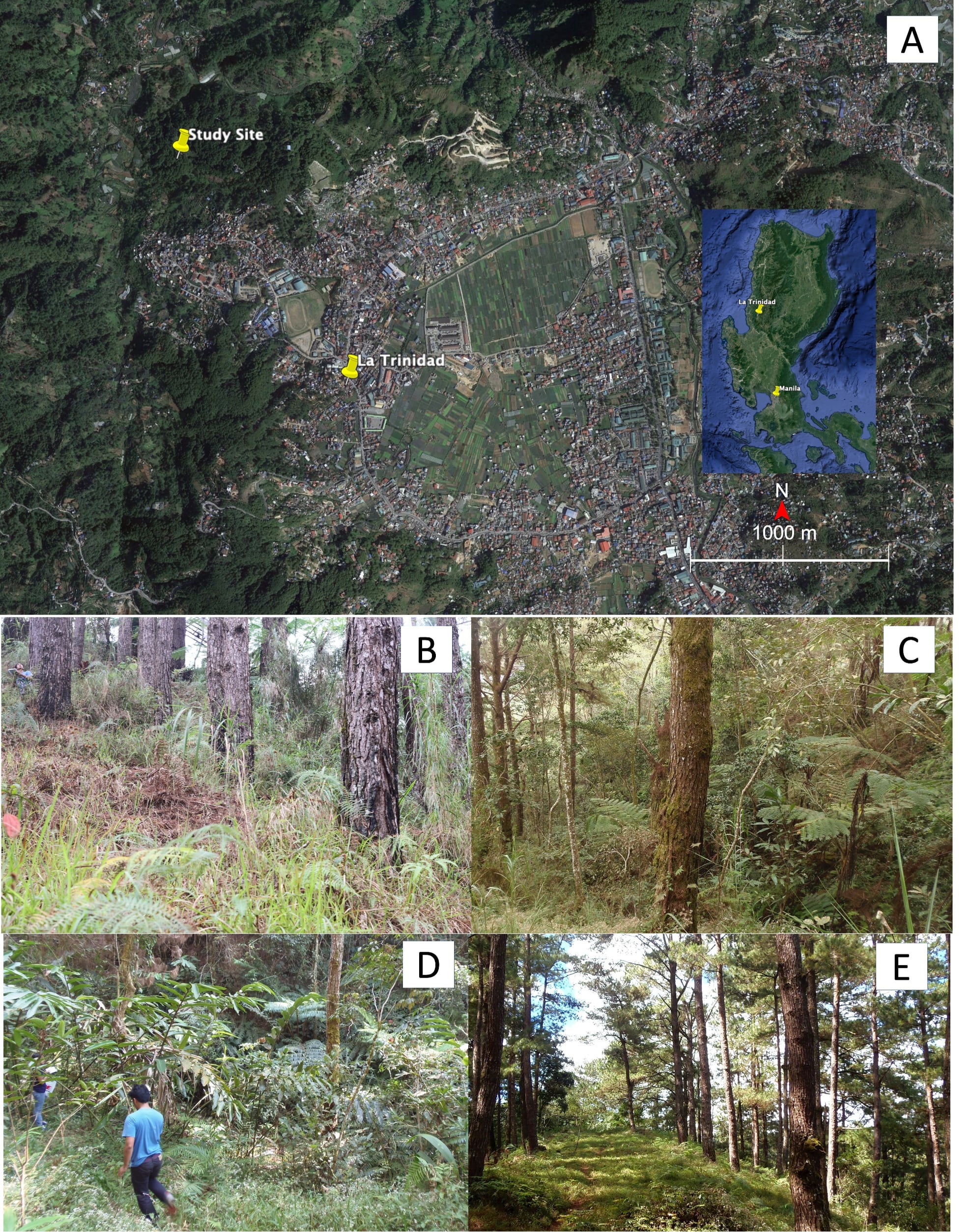VOLUME 13 NUMBER 2 (July to December 2020)

Philipp. Sci. Lett. 2020 13 (2) 81-94
available online: July 31, 2020
*Corresponding author
Email Address: aareginaldo@up.edu.ph
Date received: August 21, 2019
Date revised: December 20, 2019
Date accepted: July 21, 2020
ARTICLE
Structure of small non-flying mammal communities in disturbed habitats in the Central Cordillera, Luzon Island, Philippines
by Aris A. Reginaldo*1 and Perry S. Ong†2
1Department of Biology, College of Science,
University of the Philippines, Governor Pack Road,
Baguio City, Benguet 2600 Philippines
2Institute of Biology, College of Science,
University of the Philippines, Diliman,
Quezon City, 1101 Philippines
University of the Philippines, Governor Pack Road,
Baguio City, Benguet 2600 Philippines
2Institute of Biology, College of Science,
University of the Philippines, Diliman,
Quezon City, 1101 Philippines
The Central Cordillera on Luzon Island, Philippines, is home to a diverse set of small mammals. Unfortunately, substantial anthropogenic perturbation occurred in the past; the effects of habitat disturbance to animal communities are yet to be determined. This study sought to determine species richness, relative abundance, and macrohabitat use patterns of small non-flying mammals in patches of disturbed habitats in La Trinidad, Benguet. Our survey consisted of three trapping periods that utilized live trapping and some snap trapping. Over a total of 3,551 trap nights, seven species were recorded: four native species, namely Apomys abrae, Apomys musculus, Chrotomys whiteheadi, and Rattus everetti, and three non-native species, namely R. exulans, R. tanezumi, and Suncus murinus. Overall, the number of species was low, and small mammal abundance was moderate. Across adjacent habitat types, abundance between small mammal groups and most of the species did not vary, whereas habitat use by small mammal groups and by each species varied. Native species, except A. musculus, preferred the montane forest patch, and there was an indication that native populations are isolated. Suncus murinus preferred the pine stand but showed the ability to use other habitats. Rattus exulans and R. tanezumi segregated- the former preferred the pine stand and the latter the agricultural area. Our results attest to habitat disturbance’s negative effect on native small-mammal fauna and its support of non-native species persistence. We show that montane forest patches in disturbed landscapes are important because they act as potential sources of native populations that can re-establish as the forest regenerates. Future studies that employ similar methodology will test the generality of our findings.
© 2024 SciEnggJ
Philippine-American Academy of Science and Engineering